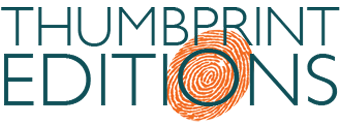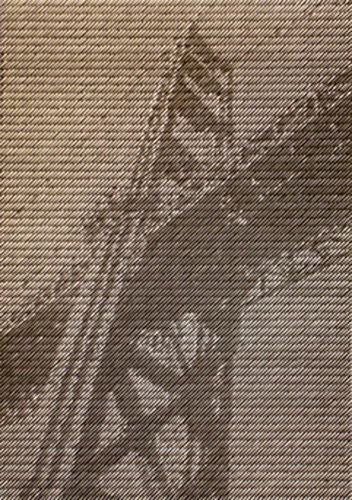This term is used to describe methods of printing that involve the transfer of ink to paper (or other material) from the raised surfaces of a block or plate. It is therefore the opposite of Intaglio printing, though the two techniques can be combined. Common methods of relief printing use Lino or Wood blocks which are gouged with special cutting tools, leaving raised areas to create the image.
Woodcut
Woodcut is the oldest method of printing and involves cutting a design into the surface of a board or block of wood. The areas that remain after cutting hold the ink which is usually applied with a roller. The paper is laid onto the inked surface and the ink is transferred by pressing the paper down either in a press or by hand. One attractive feature of woodblock printing is the appearance of the wood-grain in the image.
Linocut
Lino is a material manufactured from linseed oil and, when warmed, is much easier to cut than wood, not having a grain and being softer. It is possible, therefore, to cut smoother and more precise lines.
Polymer relief
Polymer relief printing uses the same material as photo-polymer gravure and enables the creation of photographic imagery as a relief print. The polymer plates are indeed manufactured for Letterpress, a sophisticated form of relief printing.
Example of a Linocut
Ewan Gibbs
‘San Francisco’ 2006

